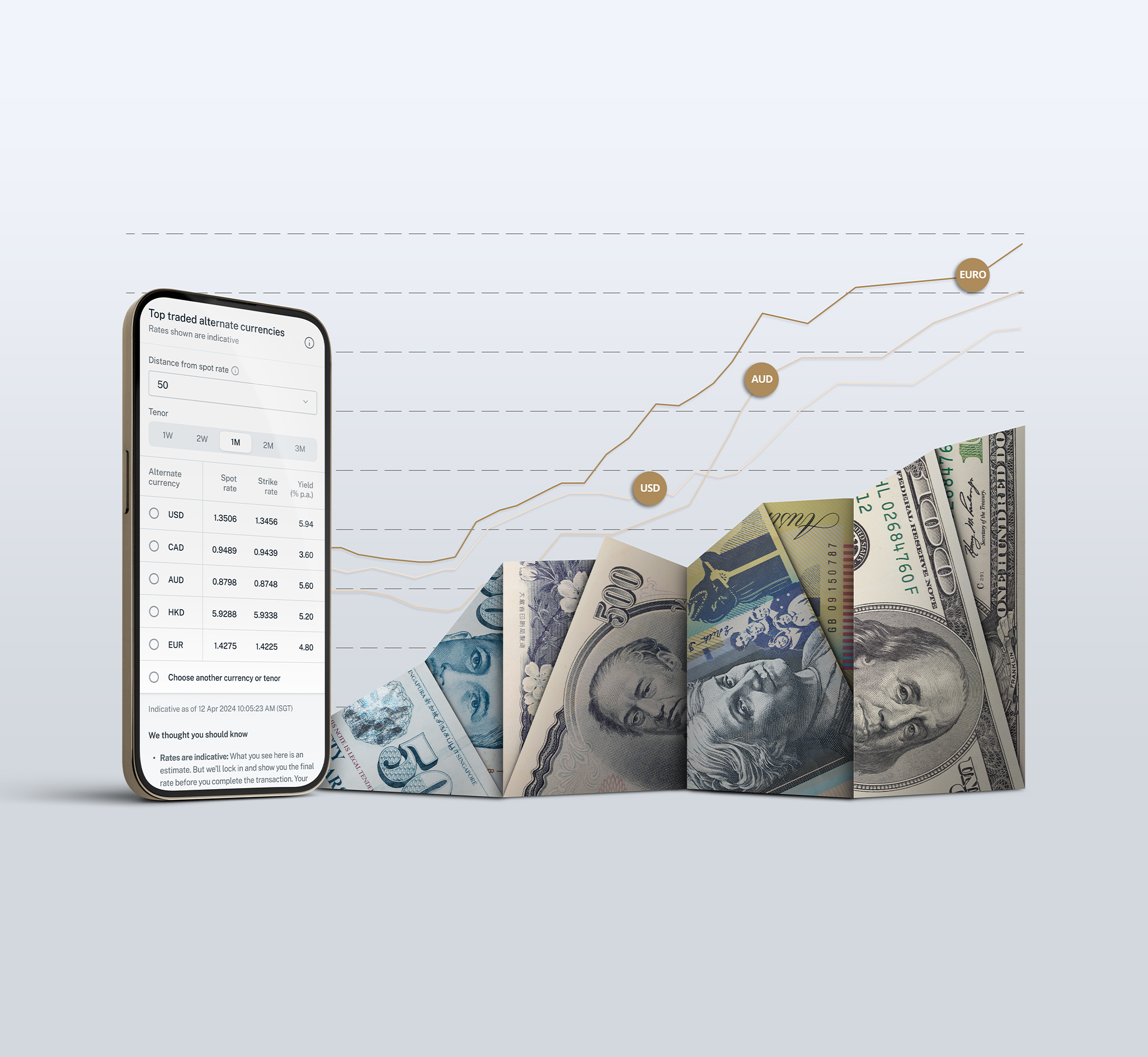Investment Grade Bonds
At a Glance
Receive a steady flow of interest income throughout the tenor of the bond.
Receive the principal value of the bond upon maturity or when the bond is called by the issuer.
Lower default risk compared to high yield bonds.
What are IG bonds?
Investment grade (IG) bonds are bonds that have a minimum credit rating of Baa3 by Moody’s or BBB- by Standard & Poor’s. These credit-rating agencies assess the credit risk of the issuer of the bonds and assign them a credit rating based on information available at the time.
The credit risk rating represents the agencies’ opinion on the possibility that the bond issuer may fail to pay what is owed.
Note that some bonds are unrated – as bond issuers may choose not to seek a credit rating as acquiring a rating can incur hefty costs. These issuers might feel that their target investor segments are already familiar and comfortable with their credit worthiness without needing a rating.
For an explainer on the fundamentals of bonds, you can refer to this article.
How do IG bonds compare to high yield bonds?
The main differences between investment grade bonds and high yield bonds are summarized below:
| IG bonds | High yield/junk bonds | |
|---|---|---|
| Rating | Minimum credit rating of Baa3 by Moody’s or BBB- by Standard & Poor’s. | Credit rating below Baa3 by Moody’s or BBB- by Standard & Poor’s. |
| Default risk | Lower | Higher |
| Interest rate/coupon | Relatively Lower | Relatively higher |
| Price Volatility | Lower | Higher |
| Liquidity (i.e. ability to sell on the secondary market) | Higher | Lower |
Why buy IG bonds?
The primary objective of purchasing investment grade bonds is to secure a regular coupon at a reduced risk compared to high yield bonds, with greater assurance that the face value of the bond will be returned at maturity.
In addition, there is the potential for capital appreciation of the bond. This can arise due to various factors, such as a fall in interest rates which will make the coupon of the bond more attractive to investors, thus driving up the price of the bond.
Key risks
Credit risk for a bond is the risk that the issuer of the bond will default on its debt obligations. This means that the issuer will not be able to make the interest payments or repay the principal on the bond.
Besides the credit risk of the bond, investors also need to consider interest rate risk, i.e. the risk that rising rates might drive down the value of their bond holdings (this is not a factor for those holding the bond to maturity as the entire principal would be returned to the investor at maturity).
Market insights
If you are interested to find out more about relevant market insights from DBS CIO and Group Research related to fixed income, click here.
Apply now
There are various ways of participating in the bond market, including buying individual bonds, as well as bond funds.
A summary of the differences between individual bonds and bond funds are below:
| Individual bonds (Over the counter or via a more limited selection of retail bonds on SGX) | Bond Funds | |
|---|---|---|
| Diversification | No | Diversified |
| Minimum transaction Size | High (e.g. S$250,000 for SGD bonds) | Low (e.g. as low as S$1,000 for certain bond funds) |
| Management fees | No | Yes |
| Consistent coupon rate | Yes | Varies |
| Receive full value of bond at maturity | Yes | No – will need to redeem the bond fund at the prevailing Net Asset Value |
As an Accredited Investor, getting started with investment grade bonds is easy. Simply leave us your contact, and our Relationship Managers will reach out to you.
Alternatively, you may wish to browse our list of bond funds available on digibank:
 |
Step 1: Tap on “Invest” icon on the bottom navigation bar Step 2: Tap on “Funds” icon Step 3: Tap on Explore funds and search for your desired fund (you can filter by asset class e.g. ‘Bonds’) |



